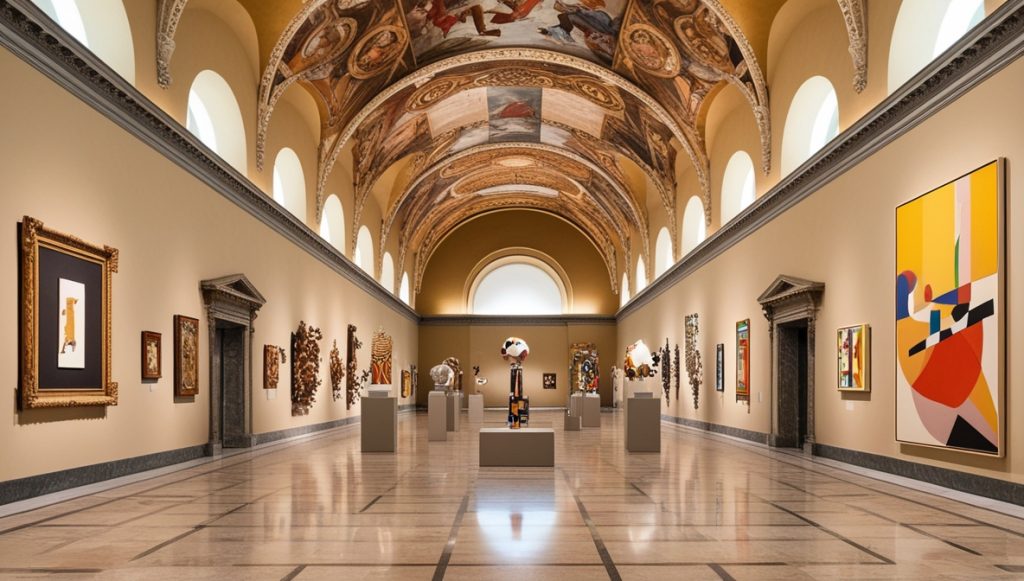Renaissance art, emerging in the 14th to 17th centuries in Europe, marked a profound shift in artistic, cultural, and intellectual life. Known for its emphasis on realism, perspective, and humanism, Renaissance art continues to have a lasting impact on modern works across various mediums. By reviving classical ideals and blending them with innovative techniques, Renaissance artists laid the groundwork for the future of art and aesthetics, influencing everything from painting to architecture, design, and digital media today.
Realism and Humanism
One of the most significant contributions of Renaissance art to modern works is its commitment to realism. Artists such as Leonardo da Vinci, Michelangelo, and Raphael studied anatomy, light, and form to create lifelike depictions of the human body. This focus on accurate human representation can be seen in modern works, where artists continue to strive for realistic portrayals, whether in painting, photography, or sculpture.
Renaissance humanism, which celebrated the dignity and potential of human beings, also continues to influence contemporary art. Modern artists frequently explore themes of individualism, human emotion, and the complexity of the human experience, much like their Renaissance predecessors. This focus on the human condition has remained a central theme in both traditional and digital art forms.
Perspective and Composition
The Renaissance was a period of great innovation in perspective and composition, with artists developing techniques like linear perspective to create the illusion of depth on a flat surface. The mathematical precision and use of vanishing points allowed Renaissance artists to depict space and form more realistically, revolutionizing how art was composed.
These innovations in perspective have had a long-lasting influence on modern art and design. Today, artists use similar principles to construct compositions in film, photography, and even virtual reality. Video game design, for instance, draws heavily on the understanding of space and depth, much of which can be traced back to Renaissance discoveries in perspective.
Classical Influences and Symbolism
Renaissance artists frequently drew inspiration from classical Greek and Roman art, reviving ideals of proportion, symmetry, and beauty. This classical influence remains a powerful force in modern works, particularly in architecture and design. Neoclassical architecture, seen in public buildings worldwide, owes its foundations to Renaissance interpretations of classical principles.
In modern fine art, classical symbolism continues to resonate. Many contemporary artists incorporate classical motifs and references, using ancient myths and symbols to explore modern themes. The blending of ancient stories with present-day issues reflects the Renaissance’s approach to using art as a means of connecting the past with the present.
Legacy in Digital and Popular Culture
The influence of Renaissance art has extended into digital art and popular culture as well. Modern artists who work in graphic design, animation, and video production often reference Renaissance techniques in their use of light, shadow, and anatomical precision. Even popular films and video games incorporate Renaissance-inspired elements in their visual design, echoing the grandeur and realism of the era. The revival of interest in Renaissance themes in modern storytelling, art, and technology highlights the enduring relevance of this period in shaping the creative world today.



